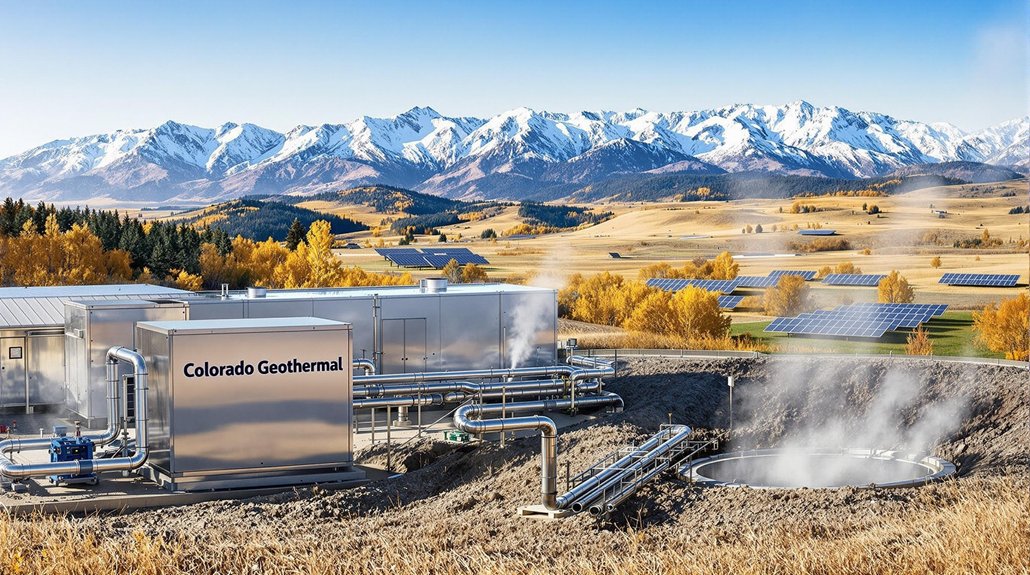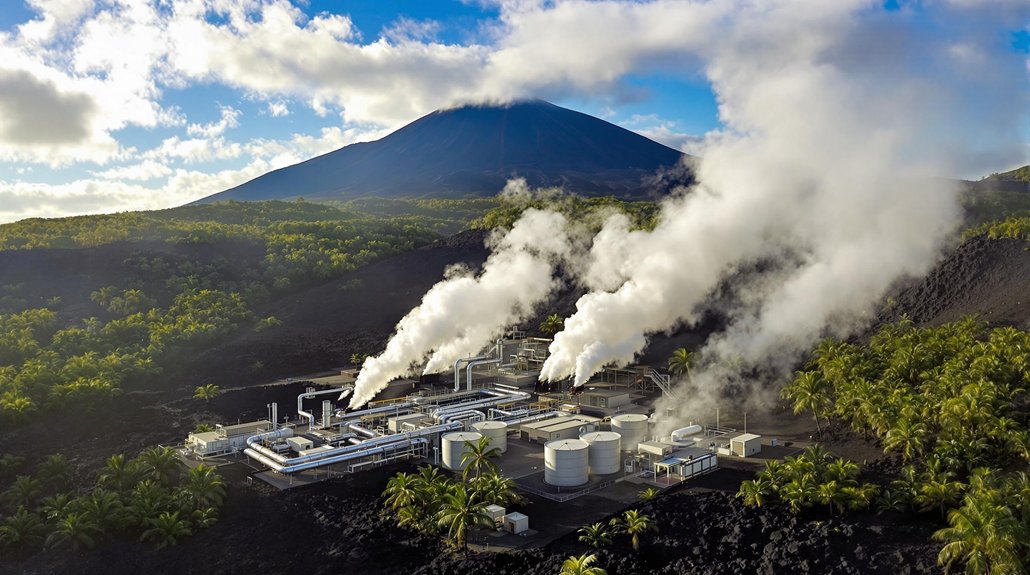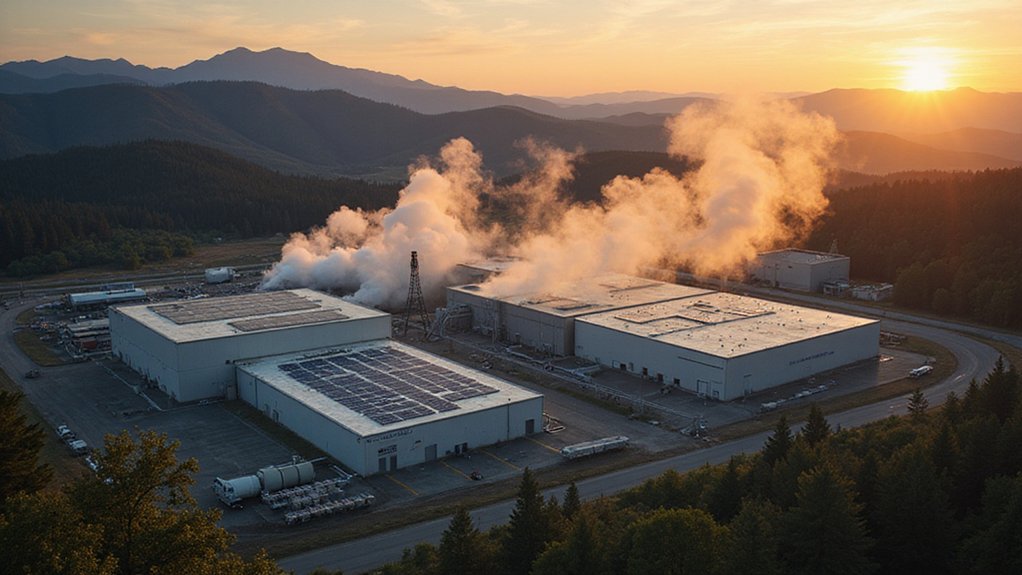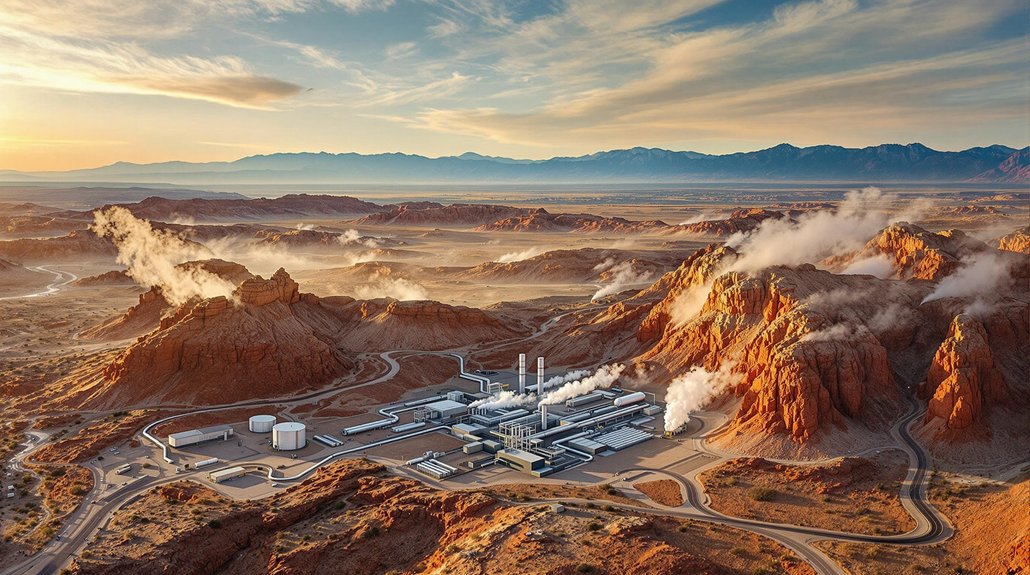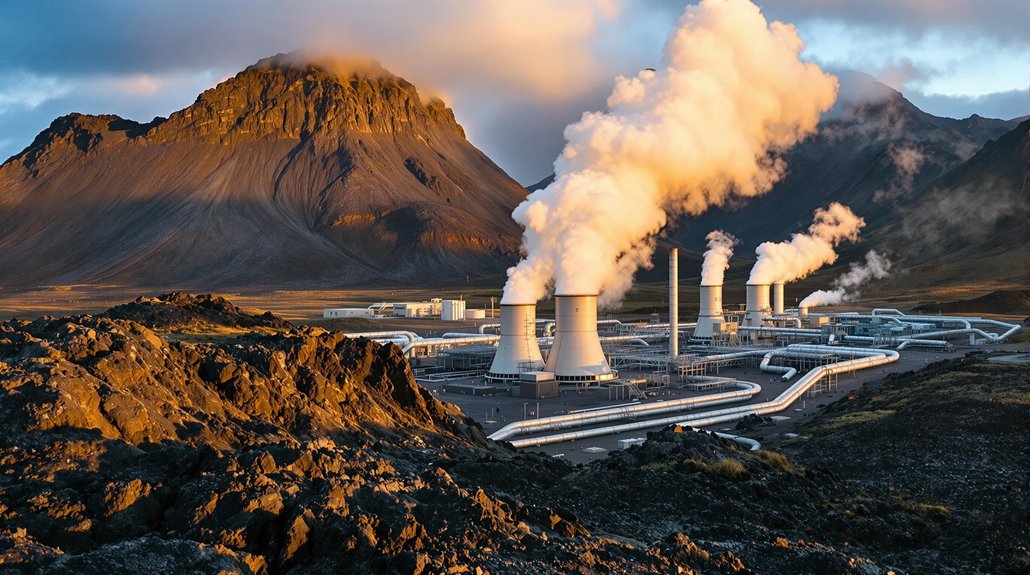Colorado is making a $14.4 million investment in geothermal heating projects across the state. This funding will support 16 initiatives that tap into Earth’s natural heat, primarily helping local governments, schools, and disadvantaged communities. The projects aim to cut greenhouse gas emissions while lowering energy costs for residents. As other states watch closely, Colorado’s bold move might spark a nationwide race to develop this renewable resource. What could this mean for America’s clean energy future?
Colorado is pouring $14.4 million into geothermal heating projects across the state. The funding is being distributed through two programs: the Geothermal Energy Grant Program and the Geothermal Energy Tax Credit Offering. This investment will support 16 different geothermal studies and projects, including thermal energy networks and heat pumps.
The projects span multiple sectors, with local governments, schools, residential communities, and medical campuses all set to benefit. Developers can receive grants and refundable tax credits covering up to 30% of investment costs for qualified geothermal projects, with some flexibility for initiatives that could have a larger impact.
Colorado’s investment aims to reduce greenhouse gas emissions and help meet climate action goals over the next 20 years. Officials are focusing on increasing renewable energy use and cutting utility costs for consumers, especially for heating and cooling expenses. Nearly half of these grants specifically target disproportionately impacted communities to ensure equitable distribution of benefits. The state wants to expand geothermal energy in both urban and rural areas and diversify beyond just solar and wind power. Governor Polis’s initiative is part of a broader $77 million grants program for geothermal energy across Colorado.
Colorado’s bold geothermal push addresses climate goals while slashing heating costs and expanding renewable options beyond traditional solar and wind.
The economic benefits could be significant. The state’s initial funding may release an additional $100 million through private developers who leverage the government support. Geothermal systems can lower energy bills, providing long-term savings for communities. Tax credits can offset up to $5 million per project, making the technology more affordable to implement.
The technology applications include heat pump installations, thermal energy networks, and even geothermal electricity generation. Some projects will integrate advanced technologies like hydrogen generation and direct air capture systems. Unlike intermittent renewable sources, geothermal energy offers 96% capacity factor while operating continuously regardless of weather conditions. Engineers are developing detailed designs to optimize resource use.
Public and private sector collaboration is central to these initiatives. Projects include partnerships with school districts and improvements to public services, such as creating net-zero emission fire stations in Pueblo.
Private developers and industrial stakeholders are also participating in the program, which will deploy geothermal networks across diverse communities throughout Colorado.
